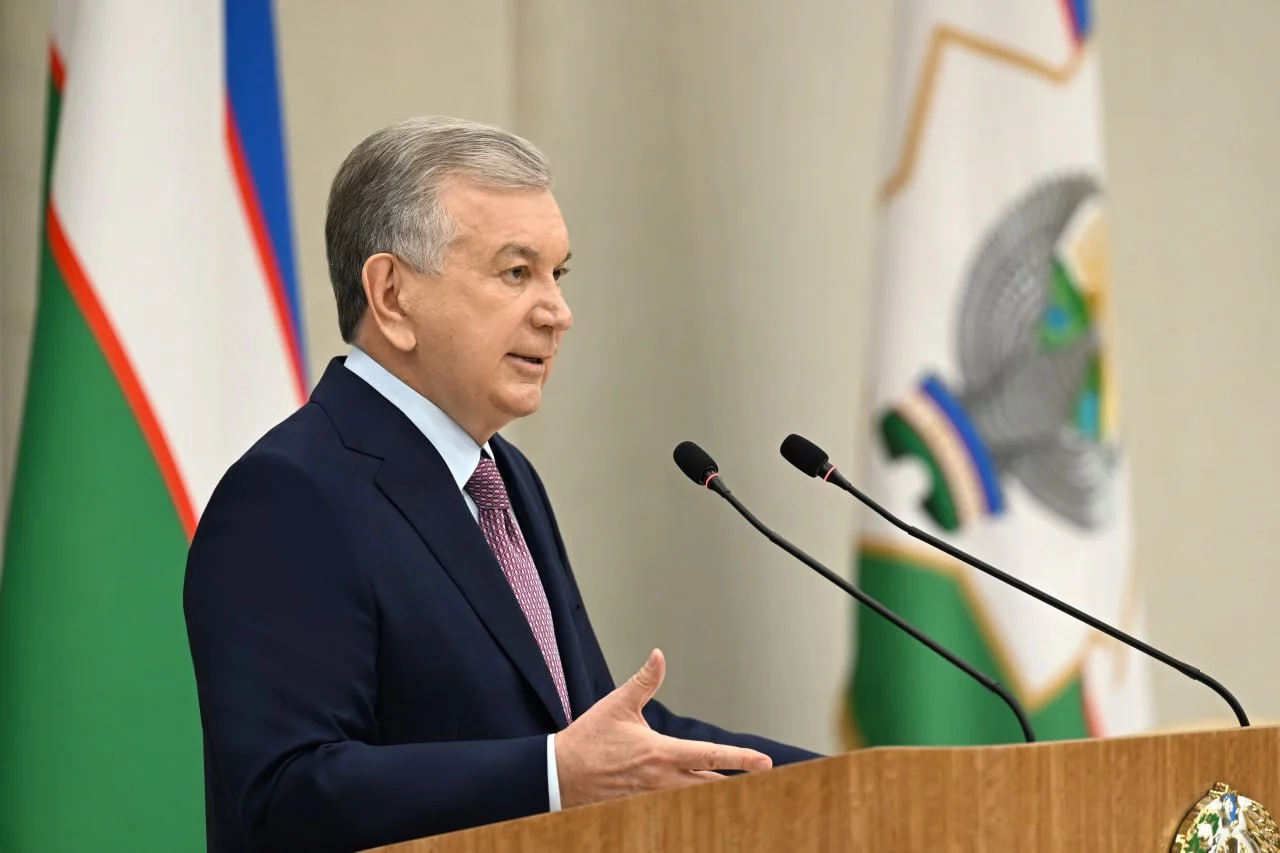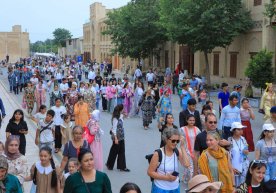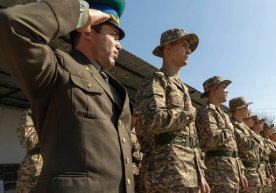
Under the leadership of President of Uzbekistan Shavkat Mirziyoyev, another meeting was held to discuss the effectiveness of ongoing reforms in the country, the state of the local governance system, and issues concerning the people. During the meeting, the district-level governance system was criticized, and the need for its fundamental change was especially emphasized.
The president sharply criticized the ineffectiveness of district-level governance, stating that if orders coming from above are not effectively carried out at the lower levels, they do not bring results. For example, the salaries of staff working in districts are 3–4 times lower than those in ministries, which leads to high staff turnover.
As the president noted, although district khokims have been assigned nearly 500 functions by more than 100 laws and decisions, most of them are unaware of these. The reason is that the khokim and his deputies spend 40% of their working time only on holding meetings. In terms of staff distribution and HR policy, khokims still cannot make independent decisions. Such a system hinders the socio-economic development of the region.
At the meeting, the president announced that fundamental changes would be introduced into the governance system. This new approach will be fully tested first in Surkhandarya by the end of the year, and then introduced in 15 selected districts and cities of Karakalpakstan, Fergana, Namangan, Bukhara, and other regions, including the Bektemir district of Tashkent city.
The president cited the model of the Syrdarya district as an example. According to this, the district khokimiyat will fully integrate the local branches of 9 ministries and agencies (economy and finance, investments, agriculture, employment, construction, ecology, culture, women's affairs, youth affairs). The khokim will have full control over the staff and activities of these agencies, independently deciding on hiring and dismissal.
In the Syrdarya district, the sources of funds remaining at the disposal of the district will be expanded. These include administrative fines, revenues from public services, and other sources. It is expected that, as a result, an additional 12 billion soums per year will remain in the district.
Also, the khokim will have 4 deputies, whose responsibilities will be determined according to the district’s development strategy. For example, the Syrdarya khokim may select tourism, logistics, and services as priority directions and appoint the first deputy specifically responsible for these sectors.
Each of them will be assigned specific KPIs (key performance indicators). If these indicators are met, the funds allocated to the region for the next year will be increased by 10–15%. Otherwise, the funds will not be increased and responsible managers will be replaced.
These reforms are not about centralizing local administration but about increasing independence and efficiency at the district level. The president’s new system is an important step aimed at achieving practical results from local reforms, addressing people’s concerns, and revitalizing the development of districts. Read “Zamin” on Telegram!
Ctrl
Enter
Found a mistake?
Select the phrase and press Ctrl+Enter Related news
Information
Users of Меҳмон are not allowed to comment this publication.
Users of Меҳмон are not allowed to comment this publication.














